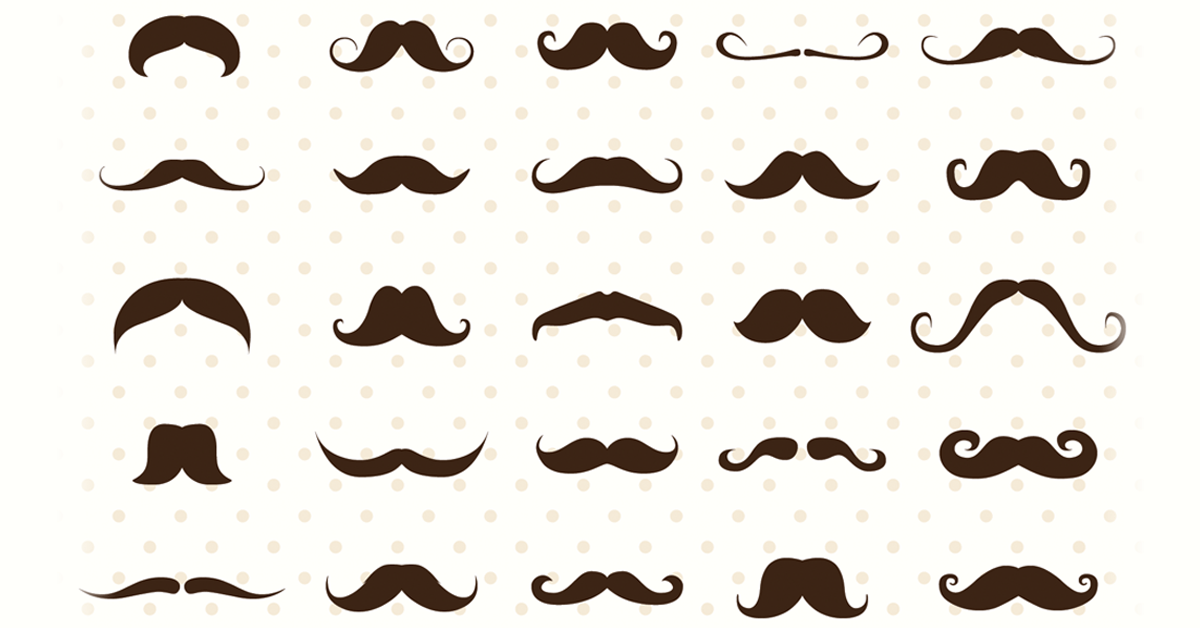How do stories go viral? Why does one video take off while another falls flat? It’s a question a lot of storytellers would like an answer to.
Unfortunately there isn’t an exact science behind it. What we can do is get a better understanding of stories and campaigns that have had a big impact. I’m going to do a series of posts on ‘viral-ity’ — in my first post I wanted to look at social campaigns that have gone viral, and the impact they’ve had.
Stay tuned for a future post with the creator of a grassroots political movement that has taken America by storm.
Girls of Paradise
The advertising agency McCann Paris worked on a campaign with Movement du Nid to make people realize the consequences of paying for sex.
What they did: The ad agency created a fake escort website, GIRLSOFPARADISE.SEX, where men could find a prostitute they wanted to hire. The client would then select a woman who he wanted to have sex with, and try to contact them with either text messages or a phone call. The person who answered their messages told the men the prostitute had died, and how she had been killed. The stories were real. Many of the women had been killed by their pimp or a client, but the photos had been changed to protect their identities. The recordings of these conversations were then turned into radio spots which were broadcast all over France.
The reaction: The response was overwhelming with over 57 million impressions. Various local and international media outlets ran stories on the campaign. Also, importantly, it helped to push legislation through the French parliament that criminalized the act of hiring a prostitute.
#PaintBack
As the refugee crisis continues to affect countries in Europe, many have welcomed these newcomers with open arms. In Berlin, there has been a large outpouring of support for the refugees, but there has also been a rise in hate graffiti — fresh swastikas tags have been appearing all over the city. One graffiti store decided to help change those hate symbols by starting #PaintBack.
What they did: The paint store had the simple idea of asking artists to paint over the hate, which was incredibly impactful. They also created an online film, magazines and workshops to accompany the project.
The reaction: According to their blog, the campaign reached 100 million ad impressions, 5 million Euro in earned media and 10 million video views. They were able to change hate into love, and it also helped to elevate the art of graffiti in Berlin.
A storybook wedding – except for one thing
Last year, UNICEF and Bridal Musings collaborated on a campaign to help end child marriage.
What they did: Video and photos of a bride preparing for her wedding day. The viewers don’t realize until the end that the bride-to-be is a young girl. It’s a shocking reveal, which is impactful. The campaign was timed to be released on Women’s Day 2016 which also helped the project go viral.
The response: The video was watched over seven million times, and the campaign was also spread using the #endchildmarriage on social media.
It’s important to look at these viral campaigns and understand why they took off — the media component is vital, but the timing and dissemination strategy is equally as important. In a future post on viral-ity, we will delve deeper into this by asking in-depth questions of a founder of a viral movement.

